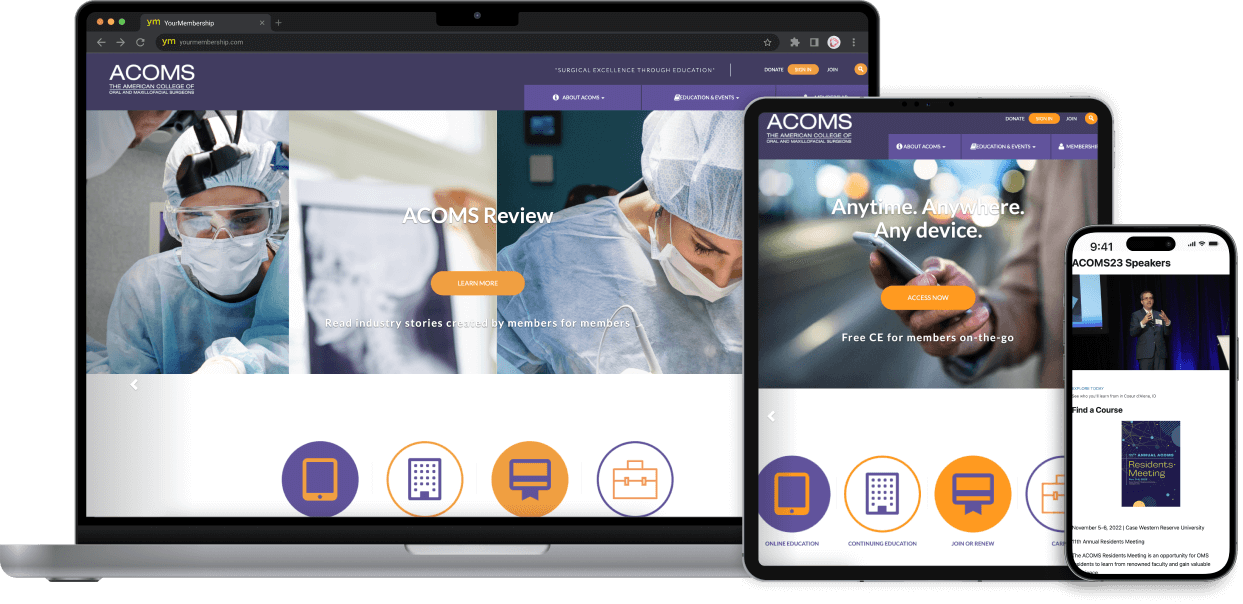The Ultimate Guide to Modern Web Site Style Trends
In the ever-evolving digital landscape, modern web site style patterns play an important role in forming customer experience and interaction. From the increase of minimalist layout concepts that focus on simpleness to the effect of strong typography in defining brand identification, each aspect adds to a natural online existence.
Minimalist Style Concepts
Minimal layout principles stress the concept that less is much more, supporting for simpleness and functionality in visual communication. This approach remove unnecessary aspects, focusing rather on important parts that share the intended message efficiently. By prioritizing quality, minimal style enhances individual experience, enabling site visitors to browse sites easily.
Core tenets of minimalist layout include the use of adequate white space, which develops a sense of equilibrium and company. This adverse area not just guides the viewer's focus to crucial elements yet also cultivates a calming aesthetic ambience. In addition, a minimal color combination is often used, utilizing single plans or soft colors to keep aesthetic cohesion and prevent frustrating the individual.
Typography plays an essential duty in minimalist style, where legible font styles are chosen for their simpleness and effectiveness in communicating material. Ultimately, minimal layout concepts cultivate a focused atmosphere that urges customers to involve with the content, enhancing the overall performance of contemporary website style.
Strong Typography Choices
Embracing strong typography selections has actually come to be a specifying characteristic of modern site design, as it properly records interest and conveys solid messaging. Developers are progressively utilizing typography not merely as a practical element yet as a vital visual part that improves the general aesthetic and individual experience.

Furthermore, the juxtaposition of vibrant typography with minimalist design concepts allows for striking contrasts, enhancing readability while maintaining visual charm. Making use of whitespace around vibrant message further highlights its relevance, making sure that the message resonates with the target market.
As electronic landscapes become more affordable, leveraging bold typography allows brands to differentiate themselves and leave a lasting perception. The cautious choice of typefaces and their application can stimulate emotions, establish tone, and drive action, making bold typography an indispensable device in modern site layout. Ultimately, it is a powerful method to enhance storytelling and make sure that vital messages are not just seen however additionally really felt.
Mobile-first and responsive Style
Receptive and mobile-first layout has actually emerged as a vital concept in contemporary site advancement, mirroring the increasing dependence on mobile tools for accessing on the internet web content. As user habits changes in the direction of mobile surfing, developers should prioritize developing experiences that adapt flawlessly across different display sizes and resolutions.
A receptive layout makes certain that a site immediately adjusts its format, images, and performance based on the device being used. Mobile-first layout supporters for developing sites at first for smaller sized screens, consequently scaling up to bigger display screens.
Carrying out responsive and mobile-first concepts not just satisfies customer preferences but additionally lines up with seo (SEO) practices. Significant online search engine, like Google, focus on mobile-friendly web sites in their positions, making it necessary for organizations to embrace these design techniques. In a competitive electronic landscape, welcoming mobile-first and responsive look at here now design is not simply an alternative; it is essential for guaranteeing access and engagement with a diverse target market.
Engaging Microinteractions
Microinteractions play a pivotal function in enhancing user interaction and total website experience, especially in the context of mobile-first and responsive layout. These refined layout elements supply instant comments to individuals, making interactions extra satisfying and instinctive. Examples consist of switch computer animations, alert signals, and filling indications, which not just overview individuals however likewise create a sense of link with the interface.
Including appealing microinteractions can significantly enhance usability by reducing cognitive tons. When users receive aesthetic or acoustic responses upon doing activities, such as clicking a switch or sending a kind, they really feel a lot more positive in their choices. This fosters a smoother navigation experience, ultimately boosting individual retention.

As web site style fads remain to evolve, the significance of microinteractions can not be overemphasized. They offer as the subtle yet powerful touchpoints that transform ordinary communications into extraordinary experiences, thus elevating the general performance of modern web style.
Sustainable Internet Design Practices
Sustainable web design practices are becoming progressively crucial as the digital landscape expands and ecological issues rise. Developers and designers are identifying their responsibility to develop web sites that not only offer customer demands however additionally reduce environmental influence. This approach encompasses several key methods.
First of all, enhancing her explanation energy intake is paramount. Internet sites need to be created to fill swiftly and successfully, which minimizes web server power use and improves user experience. Techniques such as image compression, reducing HTTP demands, and making use of modern coding practices add substantially to this objective.
Second of all, choosing environment-friendly holding service providers is critical - website design. Many holding companies are currently powered by eco-friendly energy sources, making it possible for internet sites to operate in an extra lasting fashion. This option reflects a dedication to decreasing carbon impacts
Moreover, adopting a minimal layout can improve sustainability. Fewer components on a page cause less data transfer, which not just speeds up packing times but likewise conserves resources.
Finally, promoting digital availability makes certain that web sites reach a larger audience without unneeded bloat, lining up customer experience with ecological obligation. By integrating these sustainable techniques, web designers can contribute positively to both customer involvement and the world's well-being.
Conclusion
In recap, modern web site design patterns emphasize the assimilation of minimalist concepts, vibrant typography, and receptive style to boost user experience. Embracing these trends is crucial for producing impactful electronic experiences that resonate with customers in a significantly affordable on the internet landscape.
In the ever-evolving electronic landscape, contemporary site style trends play an essential duty in forming user experience and involvement. By focusing on clarity, minimalist style improves customer experience, enabling visitors to browse sites effortlessly.
Ultimately, minimal layout principles cultivate a focused atmosphere that encourages customers to engage with the web content, enhancing the general effectiveness of modern site layout.Microinteractions play a critical role in improving customer engagement and general site experience, especially in the context of receptive and mobile-first layout.In summary, modern internet site style see this here patterns stress the assimilation of minimalist concepts, vibrant typography, and responsive design to improve user experience.
 Hallie Eisenberg Then & Now!
Hallie Eisenberg Then & Now! Tatyana Ali Then & Now!
Tatyana Ali Then & Now! Jenna Von Oy Then & Now!
Jenna Von Oy Then & Now! Earvin Johnson III Then & Now!
Earvin Johnson III Then & Now! Ricky Schroder Then & Now!
Ricky Schroder Then & Now!